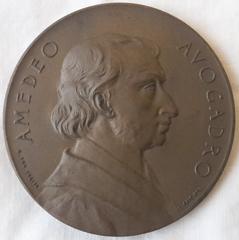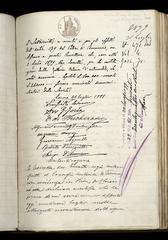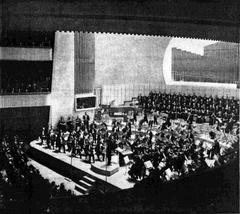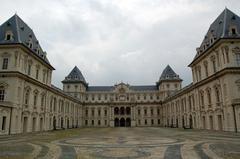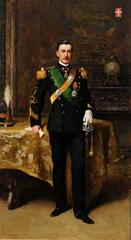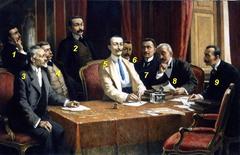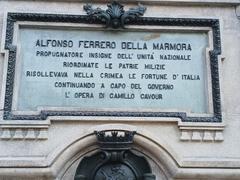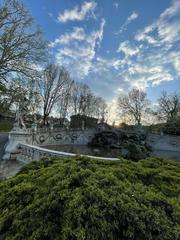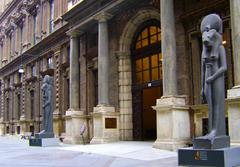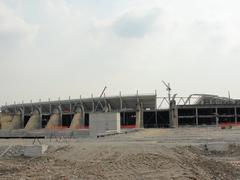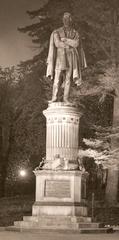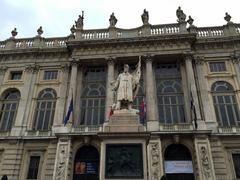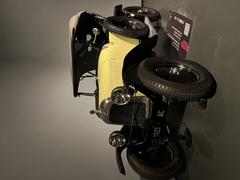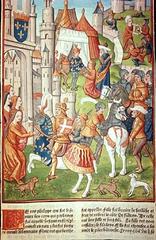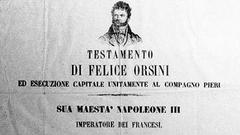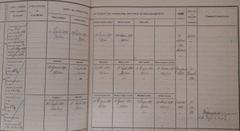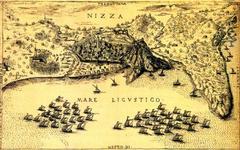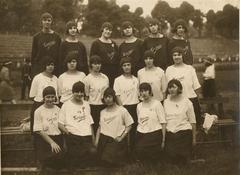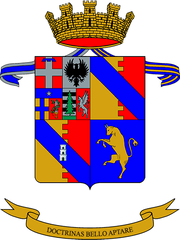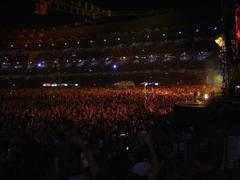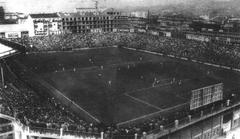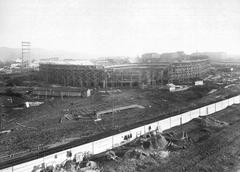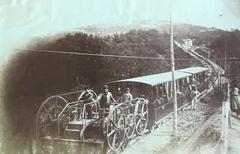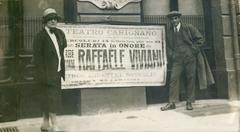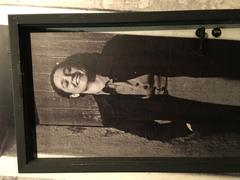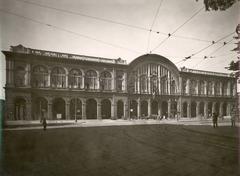Ultimate Guide to Exploring Turin, Metropolitan City of Turin, Italy
Publication Date: 13/08/2024
Captivating Introduction
Welcome to Turin, the elegant and often underrated jewel of Italy! Nestled in the shadow of the majestic Alps, Turin is a city where history and modernity dance together in perfect harmony. Imagine strolling through streets once trodden by Roman soldiers and sipping espresso at historic cafés that have witnessed centuries of political and intellectual discourse. Turin was the first capital of unified Italy and played a pivotal role in the Risorgimento, the fervent movement for Italian unification (Wikipedia). Turin’s historical significance is further underscored by its association with the House of Savoy, the last monarchy to rule Italy before it became a republic (Britannica).
But Turin is not just a city of the past. Its streets are lined with elegant arcaded buildings, grand piazzas, and majestic palaces, earning it the nickname ‘Italy’s little Paris’ (Walks of Italy). The city is also a paradise for food lovers, known for its rich culinary traditions and innovative gastronomy. Imagine savoring a bicerin, a traditional drink made of espresso, chocolate, and cream, in one of Turin’s historic coffeehouses (Visit Italy). Whether you’re a history buff, an art lover, a foodie, or an outdoor enthusiast, Turin offers a diverse array of attractions and experiences that promise a memorable visit. Ready to dive into Turin’s rich tapestry of history and culture? Let’s uncover the secrets of this enchanting city together!
Table of Contents
- Historical Overview of Turin: Unraveling the Tapestry of Time
- Cultural Significance: A Living Mosaic
- Visitor Tips: Navigate Like a Local
- Call to Action: Unlock Turin’s Secrets with Audiala
Historical Overview of Turin: Unraveling the Tapestry of Time
Roman Era: The Birth of a Legacy
Did you know that Turin’s roots stretch back to when it was Augusta Taurinorum, a bustling Roman city? Picture cobblestone streets echoing with the footsteps of Roman soldiers, merchants haggling in vibrant markets, and grand arches like the Porta Palatina standing tall, whispering ancient secrets. Even today, you can stroll down Via Garibaldi and tread the very path once marked by the decumanus, feeling the past beneath your feet (Wikipedia).
Middle Ages: The Rise of a Powerhouse
Flash forward to the Middle Ages, where Turin transforms into a political and military dynamo. As the capital of the Duchy of Savoy from 1563, the city fortified its strategic importance. Picture knights, nobles, and grand processions against the backdrop of majestic structures like Palazzo Madama, blending Roman and medieval elements in a fascinating architectural dialogue. Turin thrived amidst the power struggles of the region, growing ever more influential (Britannica).
Renaissance and Baroque: A Symphony of Splendor
Imagine walking through an open-air museum where every corner reveals a masterpiece. The Renaissance and Baroque periods were Turin’s golden eras of artistic and architectural brilliance. Think grand palaces, intricate churches, and elegant squares, many crafted by the genius of Filippo Juvarra. The Royal Palace of Turin, Palazzo Madama, and the Basilica di Superga stand as stunning testaments to this era, their designs echoing the grandeur of Versailles. Turin was not just building structures; it was composing symphonies in stone and marble (Understanding Italy).
The Risorgimento: Heartbeat of Unification
Turin was the beating heart of the Risorgimento, the fervent movement for Italian unification. Envision the city abuzz with revolutionary ideas, political debates, and clandestine meetings. As the capital of the Kingdom of Piedmont-Sardinia, Turin spearheaded the unification efforts. In 1861, it became the first capital of unified Italy, a beacon of hope and progress. Iconic landmarks like the Mole Antonelliana and the Egyptian Museum were born during this period, standing as symbols of a new dawn (Wikipedia).
Industrial Revolution: Forge of Modernity
The late 19th and early 20th centuries saw Turin morph into an industrial titan. With the founding of Fiat in 1899, the city became synonymous with automotive innovation. Picture bustling factories, the hum of machinery, and the rise of a workforce that drove Turin’s economic engine. During World War II, the city wasn’t just an industrial hub; it was a stronghold of the Italian resistance, fighting for freedom and justice (Understanding Italy).
Post-War and Contemporary: A Phoenix Rises
Post-World War II, Turin emerged as a cultural and industrial phoenix. Hosting the 2006 Winter Olympics was a catalyst for urban rejuvenation. Today, Turin is a treasure trove of cultural riches, from world-class museums to historic cafes. Imagine sipping a robust espresso at Caffè San Carlo as you soak in centuries of history. Turin is also a thriving educational center, home to the prestigious University of Turin and the Turin Polytechnic (Wikipedia).
Key Historical Landmarks: Icons of Time
Mole Antonelliana: Skyward Dreams
Originally a synagogue, the Mole Antonelliana is now Turin’s iconic silhouette. Housing the National Museum of Cinema, it offers a panoramic view that sweeps across the city’s storied landscape. Can you spot all the historical landmarks from up there? (CN Traveller).
Palazzo Reale: Regal Splendor
Step into the Royal Palace of Turin and be transported to an era of opulence. A UNESCO World Heritage Site, its lavish rooms and extensive art collections narrate tales of Italy’s regal past. Imagine the grand balls and royal decrees that once filled these halls (CN Traveller).
Egyptian Museum: Timeless Mysteries
Dive into the mysteries of ancient Egypt at the Museo Egizio. With over 40,000 artifacts, including the Tomb of Kha and the sphinx corridor, it’s a journey back to a civilization shrouded in enigma. Can you decipher the secrets of the pharaohs? (CN Traveller).
Porta Palatina: Gateway to the Past
The Porta Palatina stands as a majestic sentinel, guarding the secrets of ancient Turin. One of the best-preserved Roman gates in the world, it invites history enthusiasts to step through its arches and into the past (Wikipedia).
Cultural Significance: A Living Mosaic
Turin’s vibrant cultural scene is a living mosaic of its rich history. From the Turin International Book Fair to the Turin Film Festival, the city pulses with artistic energy. Imagine wandering through historic coffeehouses like Caffè Torino, where each sip of coffee is a taste of the past and a connection to the present (NY Times).
Visitor Tips: Navigate Like a Local
Best Time to Visit
Spring (April to June) and autumn (September to October) are the sweet spots for pleasant weather and fewer crowds. Perfect for exploring Turin’s historic sites and soaking in its culture (Savoring Italy).
Safety
Stick to well-patrolled areas like Piazza Castello and Piazza San Carlo. Steer clear of neighborhoods like Vallette and Barriera di Milano, especially after dark (Savoring Italy).
Dining
Book your tables in advance; the culinary scene is bustling. Don’t miss out on local delights like agnolotti, vitello tonnato, and the heavenly gianduja chocolate (The Travel Folk).
Accommodation
Stay in the city center for easy access to main attractions. From luxury hotels to charming B&Bs, there’s something for every budget (CN Traveller).
Call to Action: Unlock Turin’s Secrets with Audiala
Ready to dive into Turin’s rich tapestry of history and culture? Download Audiala, your ultimate tour guide app, and let expert audio guides unveil the city’s hidden gems and fascinating stories. Whether you’re a history buff or a curious traveler, Audiala is your perfect companion. Unlock the secrets of Turin today!
References
- Wikipedia. (2024). ‘Turin’. Wikipedia
- Understanding Italy. (2024). ‘Turin’. Understanding Italy
- Britannica. (2024). ‘Turin, Italy’. Britannica
- Walks of Italy. (2024). ‘Turin in Italy’. Walks of Italy
- Visit Italy. (2024). ‘Things to do in Turin’. Visit Italy
- CN Traveller. (2024). ‘Best Things to do in Turin’. CN Traveller
- Savoring Italy. (2024). ‘Is Turin worth visiting?‘. Savoring Italy
- Fearless Female Travels. (2024). ‘Is Turin worth visiting?‘. Fearless Female Travels




